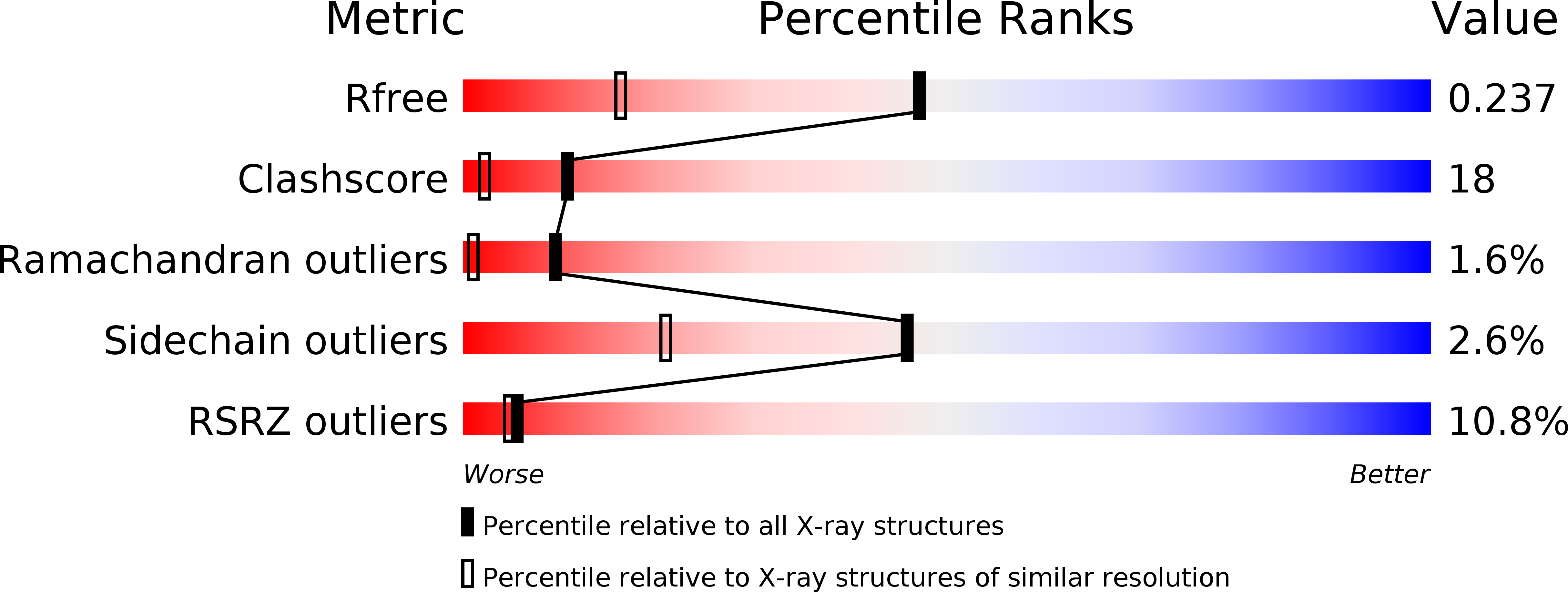
Deposition Date
2007-01-11
Release Date
2007-02-06
Last Version Date
2023-12-27
Entry Detail
PDB ID:
2OIT
Keywords:
Title:
Crystal Structure of the N-terminal Domain of the Human Proto-oncogene Nup214/CAN
Biological Source:
Source Organism:
Homo sapiens (Taxon ID: 9606)
Host Organism:
Method Details:
Experimental Method:
Resolution:
1.65 Å
R-Value Free:
0.23
R-Value Work:
0.19
Space Group:
P 21 21 21


